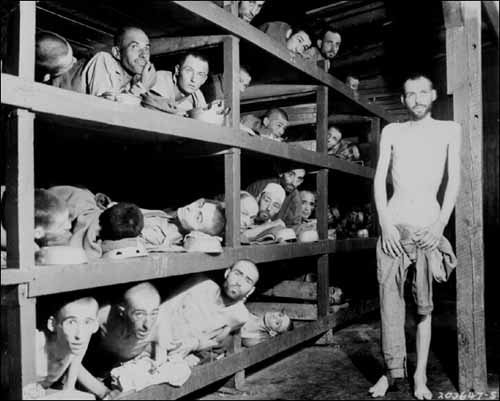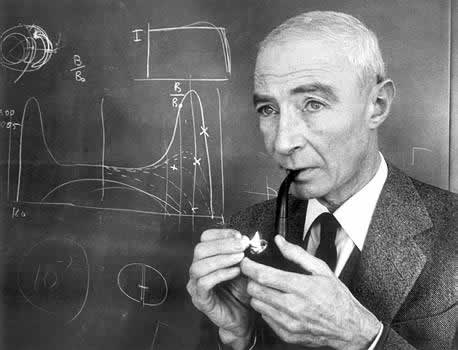 NEW STORY: "Killing the Dope Boy," by Michael Henson
NEW STORY: "Killing the Dope Boy," by Michael Henson"Returning Spanish conquistadores introduced coca to Europe. Even Shakespeare may have smoked it -- and inhaled. The coca plant is perishable and travels poorly. Yet coca was touted as "an elixir of life". In 1814, an editorial in Gentleman's Magazine urged researchers to begin experimentation so that coca could be used as "a substitute for food so that people could live a month, now and then, without eating..."

"The active ingredient of the coca plant was first isolated in the West by the German chemist Friedrich Gaedcke in 1855; he named it "Erythroxyline". Albert Niemann described an improved purification process for his PhD; he named the product "cocaine". The name stuck. Sigmund Freud, an early enthusiast, described cocaine as a magical drug. Freud wrote a song of praise in its honour; and he practised extensive self-experimentation. To Sherlock Holmes, cocaine was "so transcendentally stimulating and clarifying to the mind that its secondary action is a matter of small moment". Robert Louis Stephenson wrote The Strange Case of Dr Jekyll and Mr Hyde during a six-day cocaine-binge. Intrepid polar adventurer Ernest Shackleton explored Antarctica propelled by tablets of Forced March.

"Doctors dispensed cocaine as an antidote to morphine addiction. Unfortunately, some of their patients made a habit of combining both.
"Cocaine was soon sold over-the-counter. Until 1916, one could buy it at Harrods: a kit labelled "A Welcome Present for Friends at the Front" contained cocaine, morphine, syringes and spare needles. Cocaine was widely used in tonics, toothache cures and patent medicines; in coca cigarettes "guaranteed to lift depression"; and in chocolate cocaine tablets. One fast-selling product, Ryno's HayFever and Catarrh Remedy ("for when the nose is stuffed up, red and sore") consisted of 99.9 per cent pure cocaine. Prospective buyers were advised - in the words of pharmaceutical firm Parke-Davis - that cocaine "could make the coward brave, the silent eloquent, and render the sufferer insensitive to pain."

"When combined with alcohol, the cocaine alkaloid yields a further potently reinforcing compound, now known to be cocaethylene. Thus cocaine was a popular ingredient in wines, notably Vin Mariani.Coca wine received endorsement from prime-ministers, royalty and even the Pope. Architect Frederick-Auguste Bartholdi remarked that if only he had used Vin Mariani earlier in his life, then he would have engineered the Statue of Liberty a few hundred meters higher.

"Coca-cola was introduced in 1886 as "a valuable brain-tonic and cure for all nervous afflictions". It was promoted as a temperance drink "offering the virtues of coca without the vices of alcohol". The new beverage was invigorating and popular. Until 1903, a typical serving contained around 60mg of cocaine. Sold today, the drink still contains an extract of coca-leaves. The Coca-Cola Company imports eight tons from South America each year. Nowadays the leaves are used only for flavouring since the drug has been removed - though molecular traces of cocaine remain. What happens to the discarded cocaine is obscure.

"A coca leaf typically contains between 0.1 and 0.9 percent cocaine. If chewed in such form, it rarely presents the user with any social or medical problems. Indeed coca-chewing may be therapeutic. When the leaves are soaked and mashed, however, cocaine is then extracted as a coca-paste. After the organic solvent used has evaporated, the coca-paste is 60 to 80 per cent pure. It is usually exported in the form of the salt, cocaine hydrochloride. This is the powdered cocaine most common, until recently, in the West. Drug testing for cocaine aims to detect the presence of its major metabolite, the inactive benzoylecgonine. Benzoylecgonine can be detected for up to five days in casual users. In chronic users, urinary detection is possible for as long as three weeks.
"Yet old-fashioned cocaine hydrochloride still wasn't good enough. Sensation-hungry thrill-seekers have long sought the ultimate high from the ultimate "rush." They haven't been satisfied with the enhanced mood, sexual interest, self-confidence, conversational prowess and intensified consciousness to be derived from just snorting cocaine. Normally, only the intravenous route of administration could be expected to deliver the more potent and rapid hit they have been seeking. Yet there are very strong cultural prejudices against injecting recreational drugs. So a smokeable form was developed.

"Since the hydrochloride salt decomposes at the temperature required to vaporise it, cocaine is instead converted to the liberated base form. Initially, "free-base" cocaine was typically produced using volatile solvents, usually ether. Unfortunately, this technique is physically dangerous. The solvent tends to ignite. Hence a more convenient method of producing smokeable free-base became popular. Its product is crack. To obtain crack-cocaine, ordinary cocaine hydrochloride is concentrated by heating the drug in a solution of baking soda until the water evaporates. This type of base-cocaine makes a cracking sound when heated; hence the name "crack". Base-cocaine vaporises at a low temperature, so it can be easily inhaled via a heated pipe.

"Crack-cocaine delivers an intensity of pleasure completely outside the normal range of human experience. It offers the most wonderful state of consciousness, and the most intense sense of being alive, the user will ever enjoy. (S)he will access heightened states of being whose modes are unknown to chemically-naive contemporaries. Groping for adequate words, crack-takers sometimes speak of the rush in terms of a "whole-body orgasm". Drug-naive virgins -- slightly shop-soiled or otherwise -- cannot be confident (unless in thrall to ill-conceived logical behaviourist theories of meaning) that they have grasped the significance of such an expression. For to do so, it would be necessary to take the drug via its distinctive delivery-mechanism oneself. This is at best very imprudent.

"Ultimately, the emotional baseline, and affective analogue of Absolute Zero, characteristic of post-humanity in its hedonically enriched modes of awareness may be greater than anything we can now grasp. It may be higher than the rapturous transports of the most euphoric coke-binge in paleo-human history. In the meantime, a drug which induces a secular parody of Heaven commonly leads the user into a biological counterpart of Hell."
***
"Killing the Dope Boy," by Michael Henson. Because Heaven is sideways from Heaven and Hell.
Posted by miracle on Fri, 08 Jan 2010 20:02:50 -0500 -- permanent link




